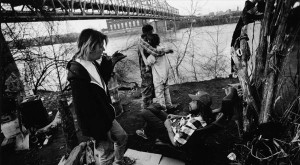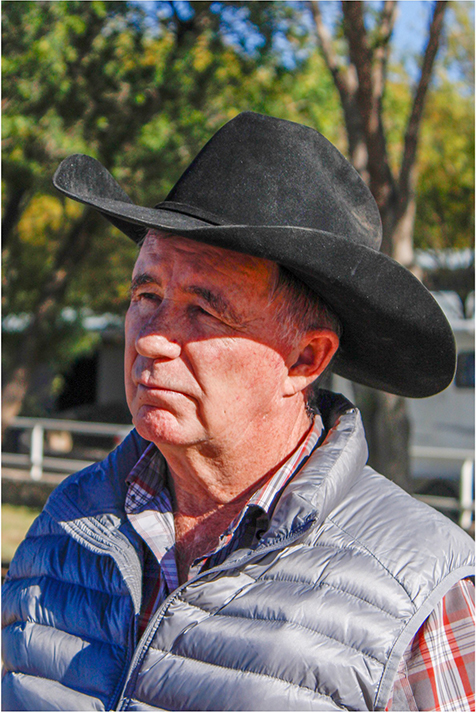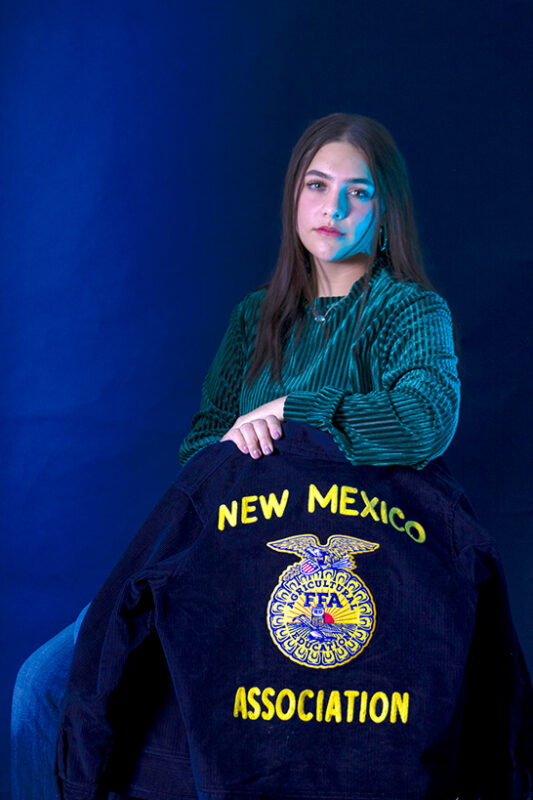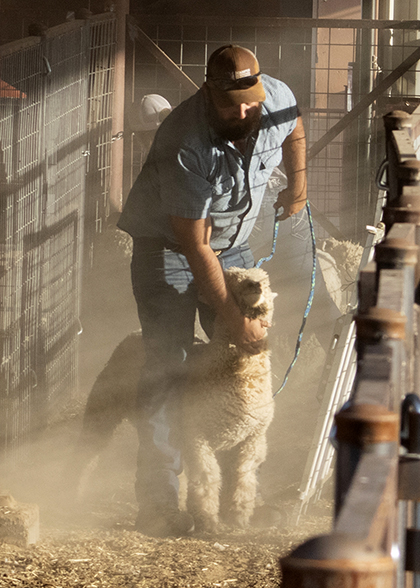What is Journalism?

A picture is worth a thousand words and to a journalist it can be essential to tell a story better than one can tell it themselves. Photojournalism is becoming a very popular form of media and news story telling, but it can be confused from other methods of photography. Some may think that photojournalism and documentary photography are the same thing when in fact there are slight differences. Documentary photography does record history of everyday life, but is often artistic. Photojournalism does also record history, but does it in a way of using it for a news story and following journalistic guidelines.
Photojournalist can make a living in various ways. Some can work for a publication, whether it is a newspaper or a magazine. Others are freelance photographers and sell their photos to organizations all over the world. For example, James Nachtwey who is one of my favorite photojournalists, he has contracts with publications such as Time Magazine and was a founder of the photo agency, VII. Usual revenue streams consist of newspapers, magazines, and stock sales.
There are many professional organizations a photojournalist can join like the National Press Photographers Association (NPPA), Workers Film and Photo League, and NOOR Photo Agency to name a few. So let’s say you want to join the NPPA you would pay a fee of $110 annually if you are a professional. Joining an organization such as the NPPA could be very beneficial, especially if you’re just beginning your career. They give you the opportunity to meet and network with top visual journalists. You will also have the chance to have exclusive career-building benefits and find a job outside of the organization. Most importantly they protect your right to freedom of press and the rights of a visual journalist. They also offer support and advice in case one becomes involved with a problem.
The Golden Age of photojournalism is believed to be around the start of 1930 when photographers thought it would be best to start heading out and photographing people. It was the Great Depression era and studio photography wasn’t capturing the truth that was really out in the world. People became great subjects of this troubling time because it was raw and not pretty. It was the truth of what the world had become at that time and people needed to see it in a different set of eyes. Three of the most popular photographers at that time were Walker Evans, Dorothea Lange and Gordon Parks. You have probably seen their work for example; “Migrant Mother” by Dorothea Lange is one of the most popular photographs of that time.
Now you will find that there is photojournalism everywhere whether you know it or not. Social media and the internet have helped develop an opportunity for people all over the world to share their photographs and their news from where they are at that very moment. For example you can find contemporary photojournalism on artspan.com where you can see people share photographs of the world they live in now. News is constant and people are willing to share that story in a different way other than writing or speaking. With photojournalism you can capture the moment and see it as if you were there, as if the lens is a set of eyes someone took with them and expanded your view on the world.
Recourses:
– NPPA.org





